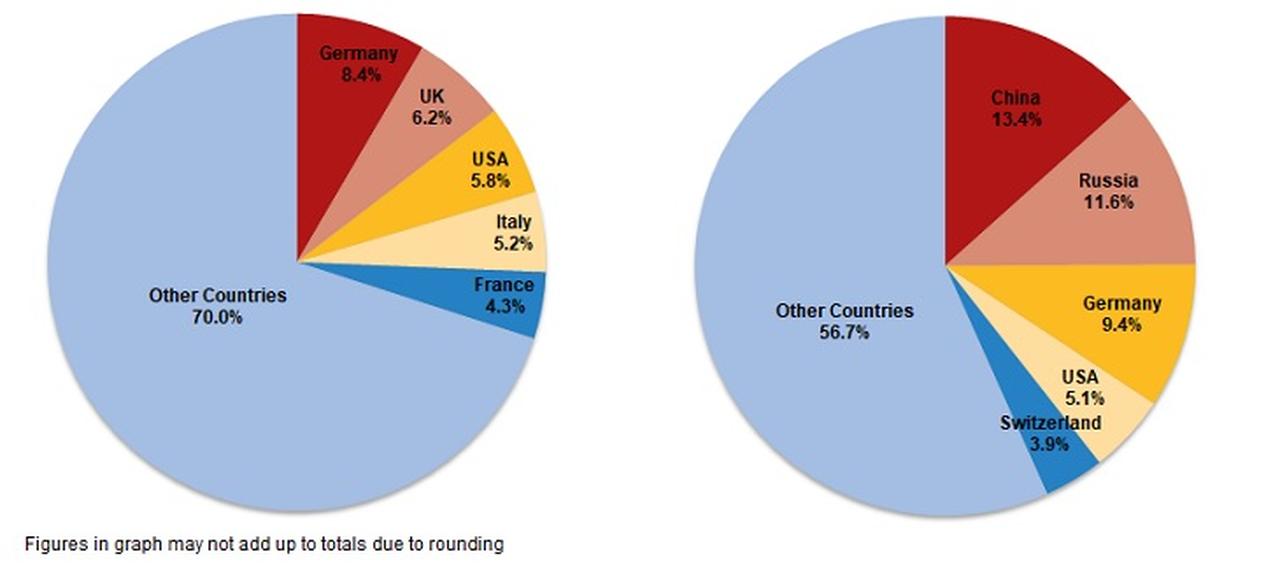
Türkiye’s foreign trade deficit expanded by 16.3% in the first half of 2025, reaching $49.43 billion, according to data released Thursday by the Turkish Statistical Institute (TurkStat).
The increase reflects a wider gap between rising imports and slower export growth over the January–June period.
In June alone, Türkiye posted exports worth $20.51 billion, representing a 7.9% rise from the same month last year. Imports, however, grew at a faster pace of 15.2% year-on-year to $28.68 billion. This resulted in a monthly trade deficit of $8.17 billion—marking a 38.8% increase from June 2024.
When excluding energy and non-monetary gold—often used to analyze core trade dynamics—the deficit for the month stood at $3.58 billion.
Türkiye’s export-to-import coverage ratio, which reflects the extent to which exports finance imports, declined both monthly and semiannually.
In June, exports covered 71.5% of imports, down from 76.4% a year earlier. For the January–June period, the ratio was 72.7%, compared with 74.8% in the first half of 2024.

By economic activity, manufacturing industry products constituted 94.8% of total exports in June. Agriculture, forestry and fishing made up 2.9%, while mining and quarrying contributed 1.7%.
For the January–June period, manufacturing held a 94.2% share of exports, followed by agriculture at 3.6% and mining at 1.6%.
Germany remained Türkiye’s leading export market in June, receiving $1.73 billion in goods. The United Kingdom followed with $1.26 billion, and the United States with $1.20 billion.
On the import side, China was the largest supplier with $3.83 billion, followed by Russia at $3.31 billion and Germany at $2.7 billion.

Commenting on the figures, Trade Minister Omer Bolat said June exports had increased by over $1.5 billion compared to the previous year. He noted that this was the highest annual export growth recorded since July 2024, bringing monthly exports to $20.5 billion.
Citing additional support from the services sector, Bolat noted that tourism revenues rose 8.4% year-on-year in the second quarter to $16.3 billion, while the number of international visitors increased by 2% to 16.4 million.
"Based on these figures for both goods and services exports, we estimate that the current account deficit in June will be in the range of $1.0 billion to $1.5 billion," he said.
Looking ahead, Bolat added, "Starting from July, with the seasonal momentum strengthening, we expect the current account to post a surplus."